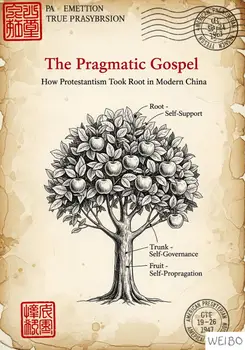The fastest-growing religion in East Asia over the last two centuries isn't what you might think. It's Protestant Christianity. But its explosive rise in China was no miracle; it was a masterclass in pragmatism.
The secret to this incredible story can be found in an unexpected place: the apple and cherry orchards of Shandong province. This book begins with John L. Nevius, a 19th-century American missionary who understood that for a foreign faith to survive, it first had to be self-sufficient. His strategy—introducing cash crops to create financially independent local churches—was a microcosm of the practical, on-the-ground approach that would define Protestantism's success.
Journeying beyond this single narrative, this book demystifies the complex history of Protestantism in modern China. It untangles the bewildering array of denominations—from Presbyterians and Methodists to Baptists and Congregationalists—explaining their European origins, American transformations, and eventual arrival in the Far East.
Discover how a strategic focus on the common people, the founding of influential schools and hospitals that shaped Chinese society, and an unprecedented effort to translate scriptures into local languages laid the groundwork for growth. Explore the critical turning point when, facing a rising tide of anti-imperialist nationalism, foreign missionaries and Chinese leaders forged a new path: a church that would be self-governing, self-supporting, and authentically Chinese.
Like the apple trees Nevius planted, Protestantism had to adapt to the local soil. This is the story of how it sank its roots deep, transforming both itself and the nation it came to call home.

